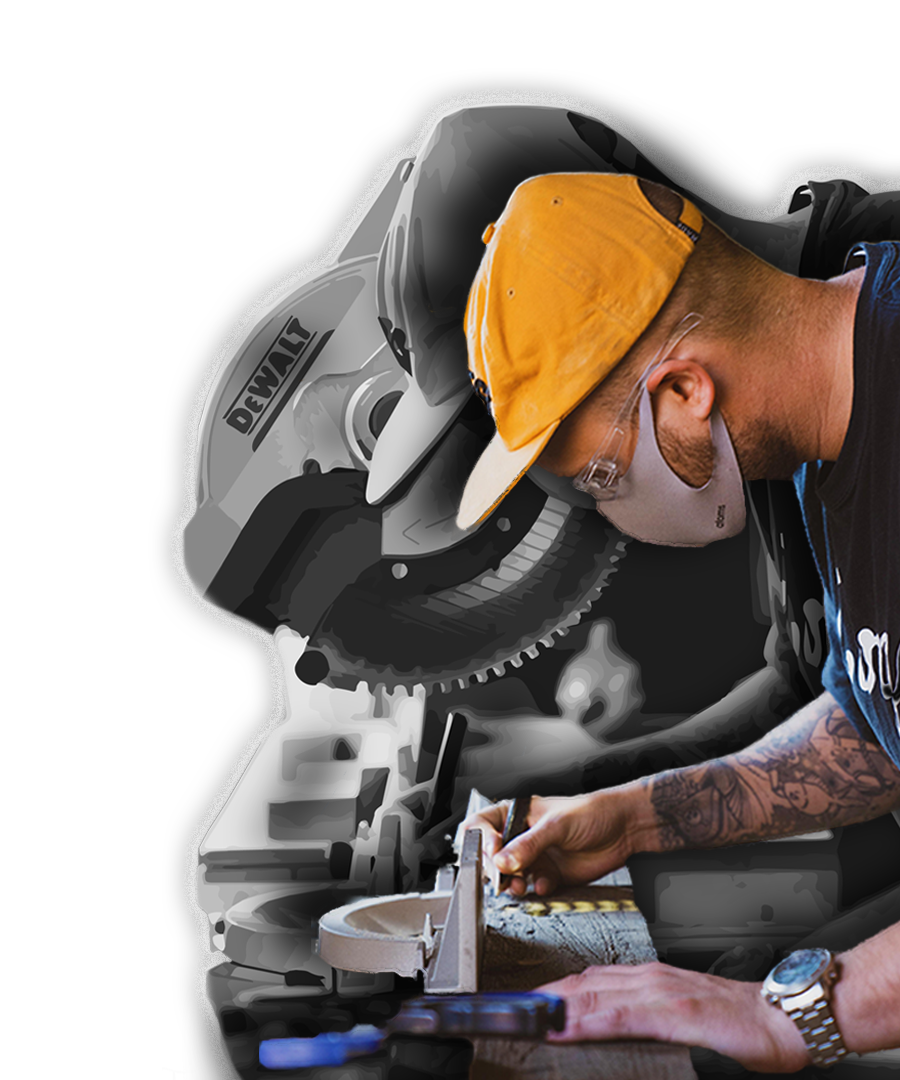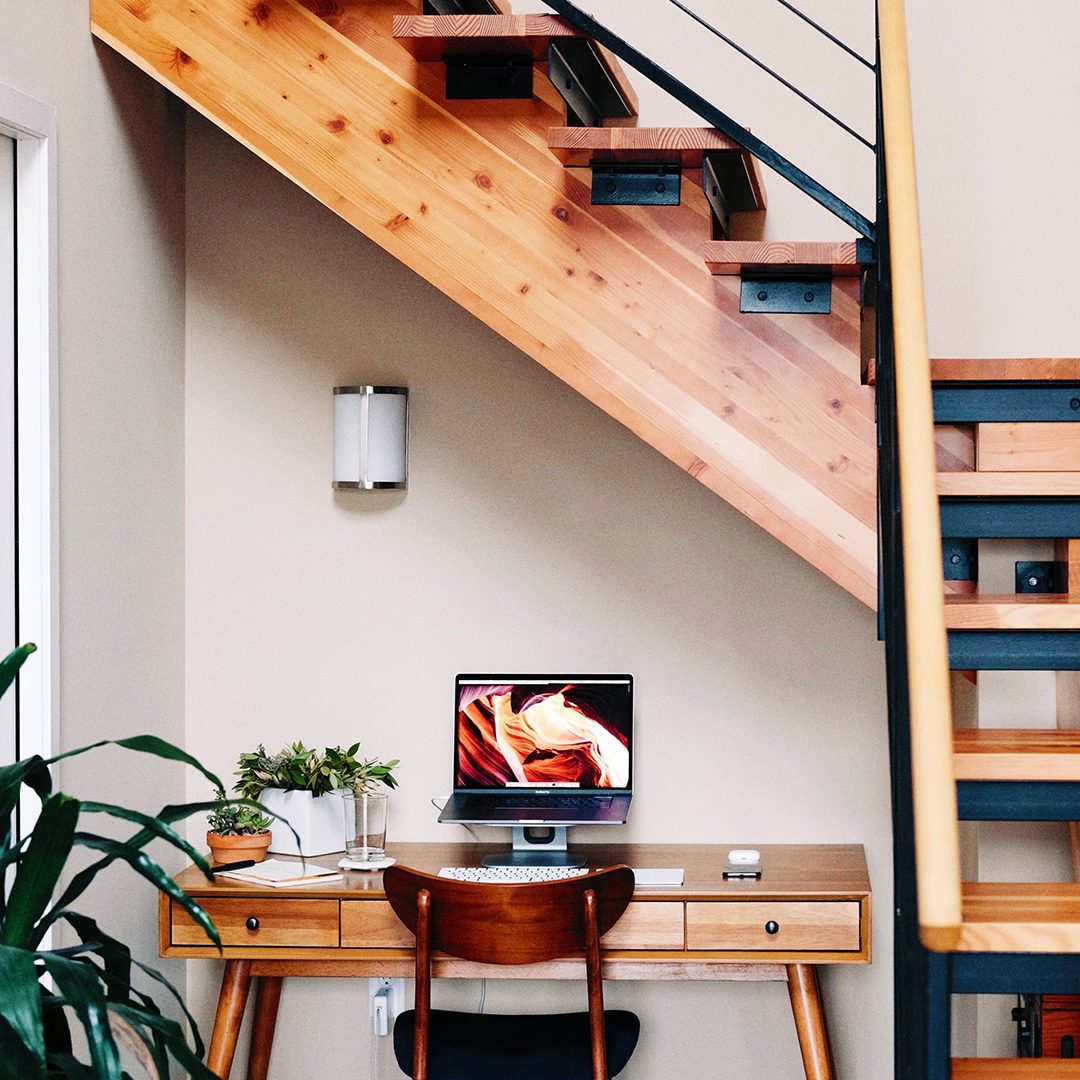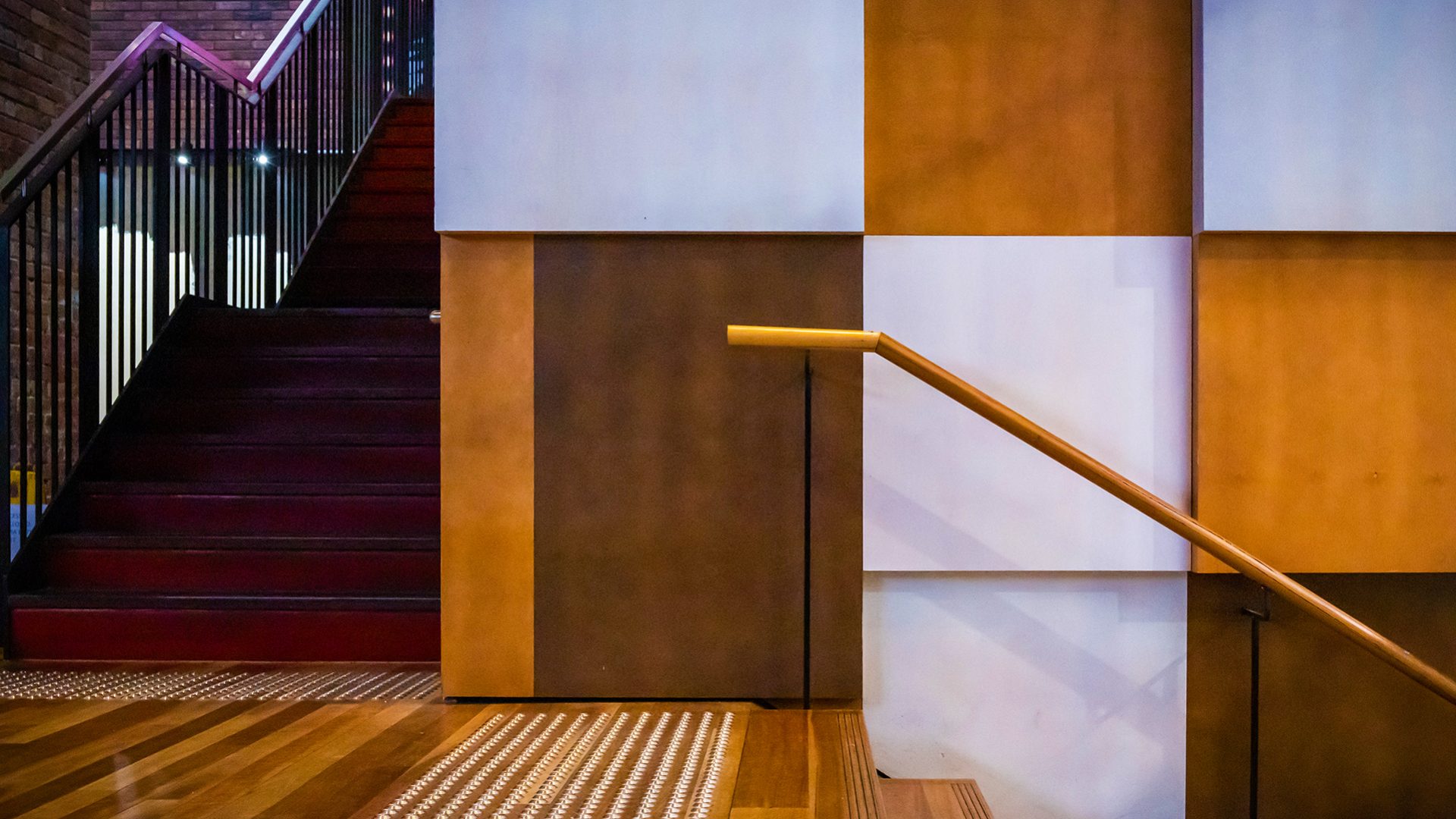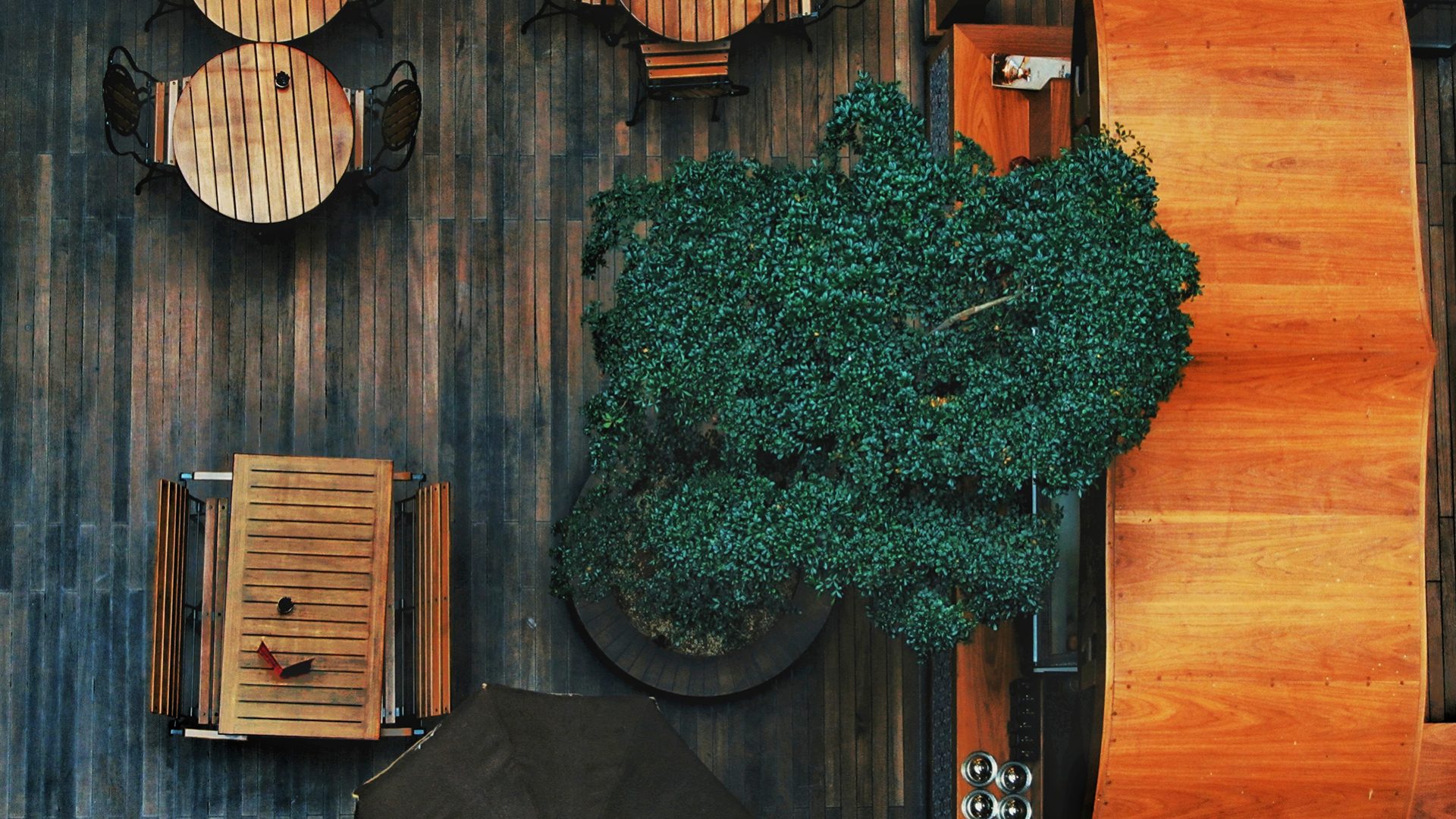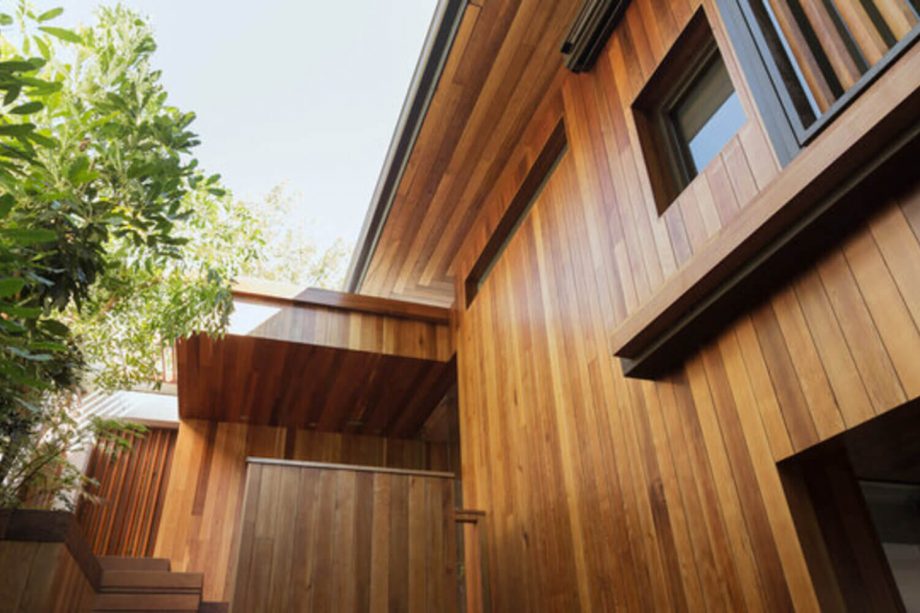Our ever-changing environment demands reliable and future-proof designs for homes and spaces. From the beginning, it the main business of IN Forest Products & Custom Millwork to innovate and disrupt the hardwood siding industry. Our team of experienced professional and craftsmen has been delivering highest quality of work leveraging from both our long history of woodwork and the new techniques continuously being developed by our engineering team.
News
How To Install Wood Siding on A Budget
Are you looking to beautify your home? One way to do so is by investing in siding. It may seem like a daunting upgrade, but it can have a massive impact on the value of your house. This is especially true if you’re planning on using wood siding. It’s one
Exterior Home Renovation Ideas For Summer
Woohoo! It’s finally summer! The sun shines brightly as the birds fill the air with chirping melodies, and you’re outside more than ever. This is the season that brims with energy and bliss that many people look forward to! You can do a lot during the summer months: camping, hiking,
5 Custom Millwork Ideas That Add to Your Home’s Value
Custom millwork is a way to increase the value of your home and add character. The most significant advantage of custom millwork is that it will rarely go out of style. Of course, the design is essential to make sure it fits into the rest of the home. But what
Continue reading5 Custom Millwork Ideas That Add to Your Home’s Value
Exterior Siding Pros & Cons: Real Wood Siding vs. Engineered Wood Siding
You’ve built your dream home, and you need to pick a siding. Today, there are many options to choose from that will define your home’s look and feel. We all know first impressions last, and considering the exterior of your home is the first impression, you want it to look good. One classic design that has continued for centuries is wood siding. You’ll find it very popular and can find it everywhere from suburbs, small towns, and even in urban jungles.
It’s pretty much a fact that wood siding gives a home the look and feel of a home. It’s cozy and warm and welcoming. The problem you’re facing now is whether to go for traditional real wood siding or engineered siding. Most builders and contractors will lean towards the latter for a long list of reasons. But real wood still has its place even in modern construction.
Real Wood vs. Engineered Wood
Real wood is pretty much self-explanatory. The most typical wood siding comes from cedar or redwood. This is because both are more resistant to water damage, rot, and insects. Cedar is more readily available, so it’s a lot cheaper. But redwood has a deeper color that gives an elegant dark finish to your home exterior. No matter what you go with, real wood siding is durable, eco-friendly, easy to install, and looks great.
The problem with real wood is that it will succumb much sooner to water, pest, or mold damage. Maintaining real wood is also costly because it requires professional staining and painting every 2-3 years. This is where engineered wood comes into the picture.
Engineered wood was designed to solve the problems of real wood by making a product that has similar aesthetics to real wood but is much more durable. By comparison, engineered wood needs a fresh coat of paint every ten years or so. But that doesn’t mean that real wood siding is out of the picture; there are some reasons that you would pick real versus engineered. Here are two major differences between real wood and engineered wood.
1. Look and Finish
No matter how much you play with the colors, texture, and finishes of engineered wood, it’s simply not the same thing. There is a personality to real wood sidings that cannot be entirely mimicked by manufacturing.
The touch and feel of a stained redwood cabin have an aesthetic that can evoke emotions. Real wood also has a personality all on its own. And part of the charm comes from the fact that it ages along with your home. This gives it a “lived-in” feeling that cannot be manufactured.
Engineered wood also looks gorgeous. It takes a bit of design magic and the proper finish to get it the same look and feel like real wood. It doesn’t carry with age as cedar or redwood. So engineered wood siding always gives away a home’s modern construction.
2. Costs and Maintenance
The biggest problem with real wood sidings is the costs that go with them. Not only is the initial material itself more expensive than engineered wood, but the costs of installation and maintenance are also more frequent. This can quickly add up in the long run. Real wood needs much more care to last a couple of years. But, engineered wood sidings can easily get through a decade. On top of this, the initial costs are much lower for engineered wood.
Engineered wood sidings are designed for a purpose, and because of this, it’s a lot easier to install. Since you won’t be dealing with whole wood planks, the weight of the home exterior is also much lighter with engineered wood. However, everything will succumb to the weather, natural degradation, and decay. You’ll get many more years with engineered wood than real wood. So if you’re building a forever home, then be prepared to replace your real wood sidings more frequently.

The Choice
Choosing whether to go with real wood or engineered wood will depend a lot on your vision of what your home will look like when it’s finished. But you also need to keep in mind the costs of installation and maintenance. Engineered wood is a great choice when you’re on a budget. And even if it can’t completely capture the real wood aesthetic, it can get close enough that only experienced eyes notice the differences.
The aesthetic value of real wood is still second to none. Although cedar and pine have been the most used, cypress and pine are also growing in popularity. Each has its personality and, if well-maintained, can last a very long time. So make sure to discuss your options with your contractor or designer, which fits best for your home.
What’s the Difference Between Casework and Millwork?
If you’re buying a house, remodeling, or renovating you may have heard the terms millwork and casework but don’t understand what they mean. Although both are about carpentry and are terms that are very closely connected to building architecture and construction, many times the terms get interchanged. Understanding the differences
Continue readingWhat’s the Difference Between Casework and Millwork?

